
Aegis Trust today launched a new and expanded website with over 8,000 historical photos, videos, documents, audio files and artefacts. The website is the best way for Rwandans and the international community to learn about the causes, implementation and consequences of the 1994 genocide against the Tutsi. The online collection is managed by the Genocide Archive of Rwanda and serves as a tool for learning, research, fighting genocide denial and promoting peace building and reconciliation in the community.
Speaking at the launch event in Kigali, Minister of Sports and Culture Joe Habineza, thanked the archive team for making it easy for people to access vast amounts of information about the genocide. “Having memorials is crucial but having a genocide information store that is accessible from every corner of the globe such as this website is very important for the country and the whole world,” Minister Habineza said.
The Genocide Archive of Rwanda was built to educate about the 1994 genocide against the Tutsi and provide source material to researchers to use in their work.
“We want to make the genocide archive accessible to everyone, and this website will be used globally as a tool for atrocity prevention and peace education,” said Yves Kamuronsi, Aegis Trust Deputy Country Director in charge of Archiving & Documentation.
Organisations partnering with Aegis Trust in the creation of the Genocide Archive of Rwanda include:
Rwanda’s Ministry of Sports and Culture
Rwanda’s National Commission for the Fight Against Genocide (CNLG)
The Institute for War, Holocaust and Genocide Studies in the Netherlands (NIOD)
University of Texas
University of Southern California Shoah Foundation
Embassy of the Kingdom of the Netherlands in Rwanda
Swedish International Development Agency (SIDA)
The Genocide Archive of Rwanda is also the result of countless individual contributions from the families and friends of victims of the 1994 genocide as well as local NGOs and governmental institutions who collaborated in the identification and compilation of the collection.
The creation of the Kigali Genocide Memorial in 2004 inspired the idea of turning the memorial building into a living museum. This responsibility was assigned to Aegis Trust who created the Archive & Documentation Centre. The centre was first built to store and preserve the information that was collected in the creation of the memorial exhibitions. Since then, it has become the country’s leading physical and digital archive of primary source material about the genocide against the Tutsi.


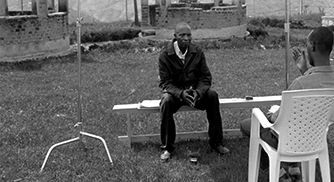
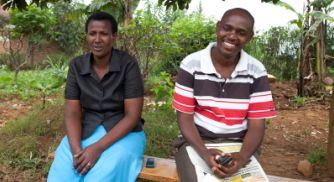
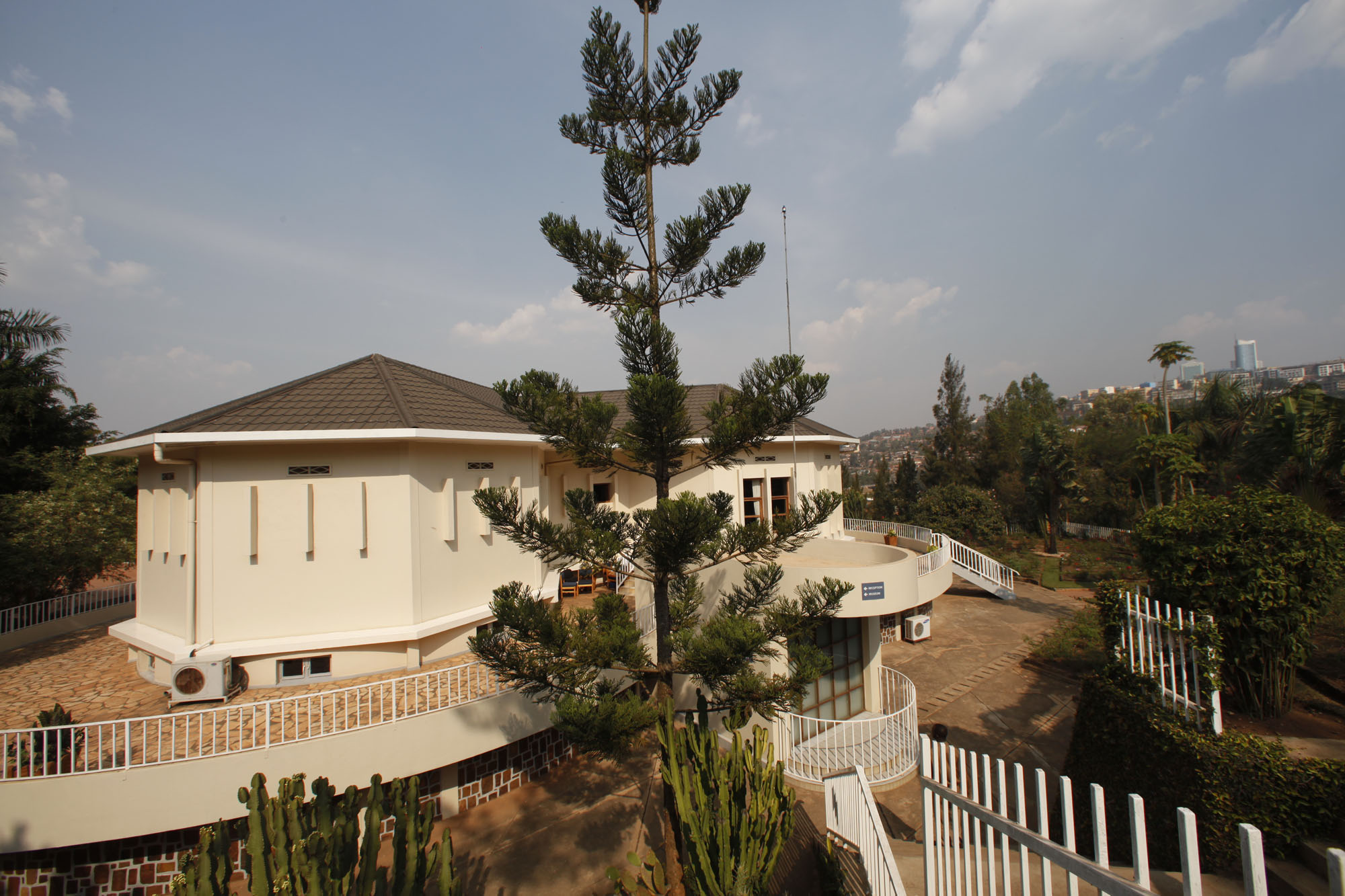
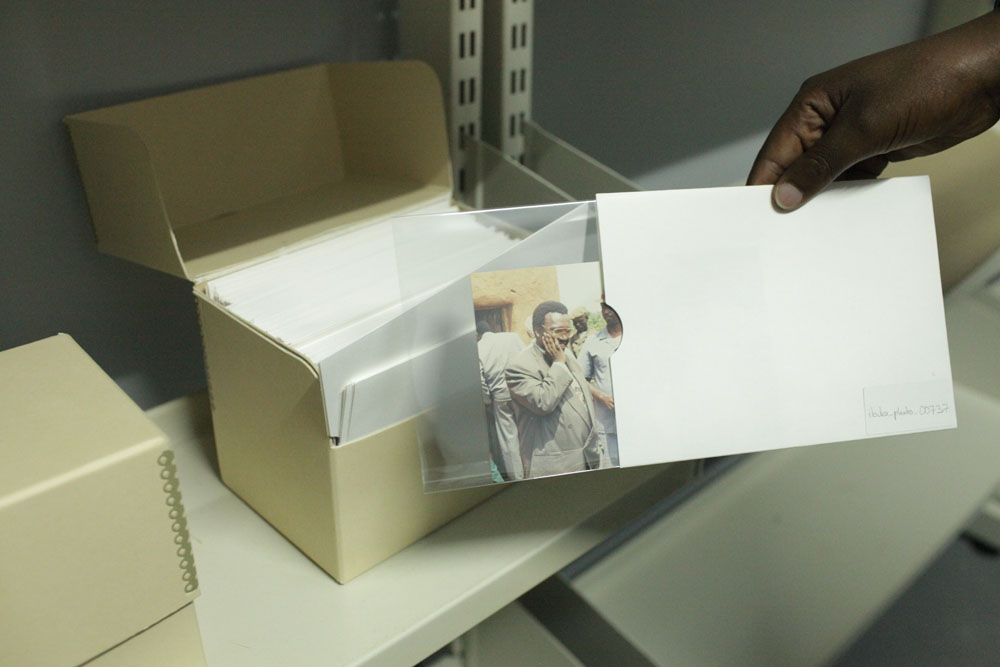
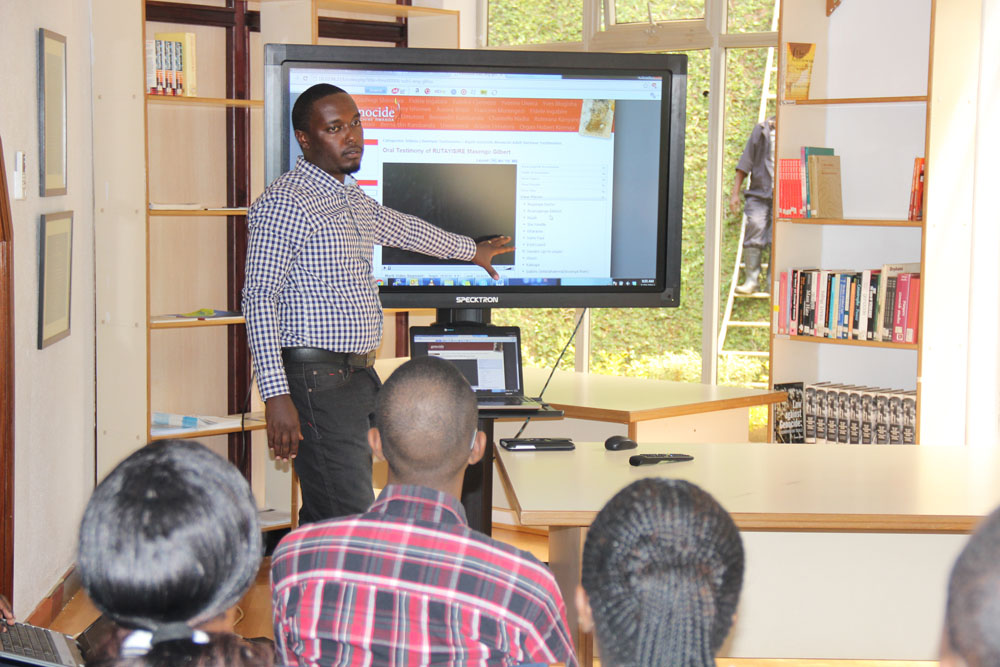

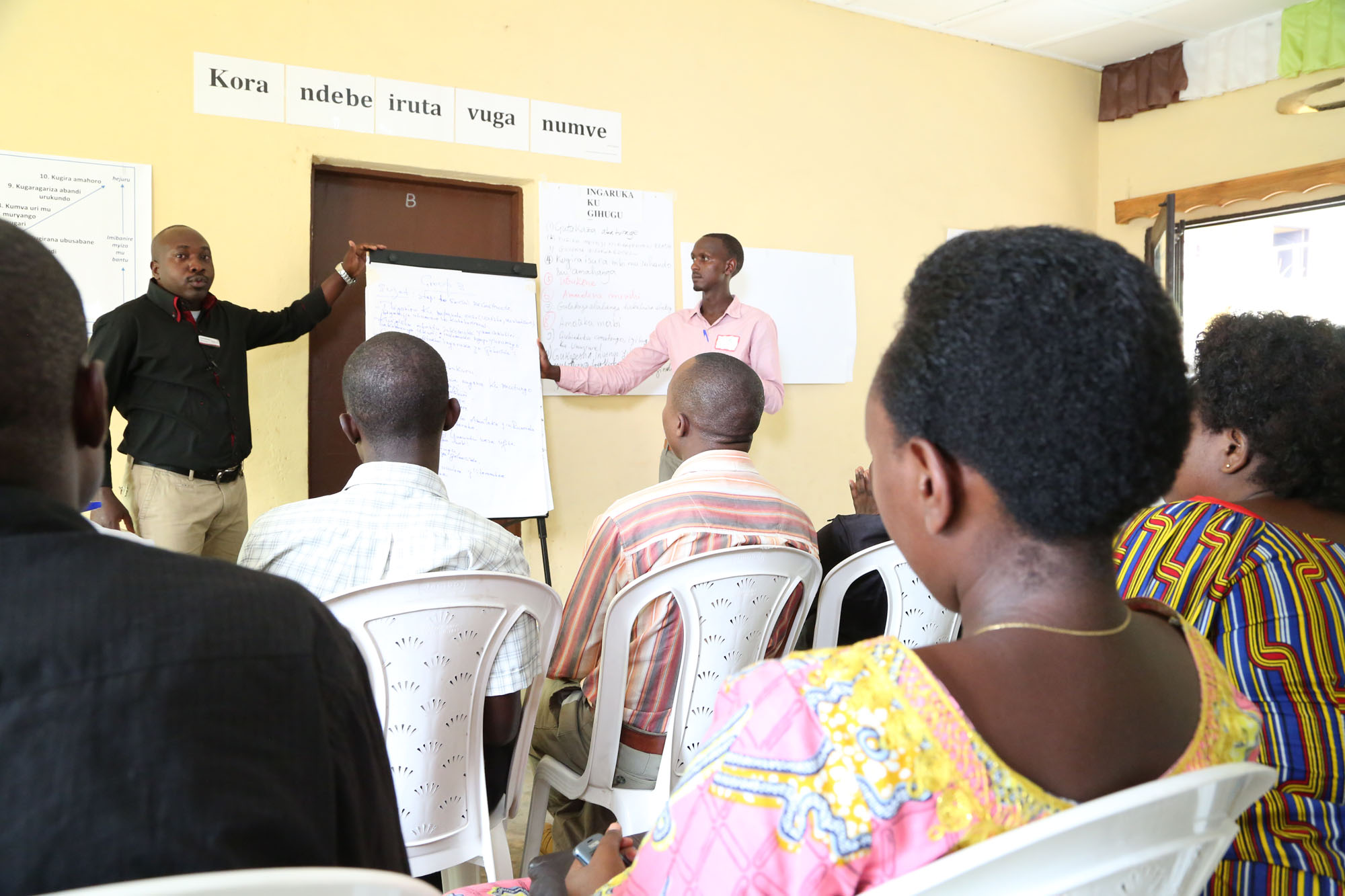


 Share this video
Share this video